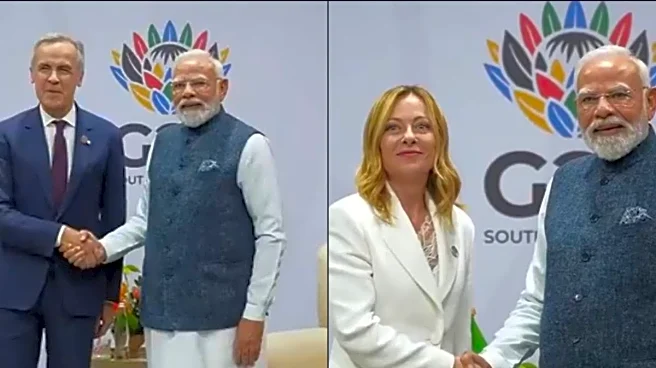India’s trade story in FY26 continues to hold firm, even as the world deals with uncertainty and currency swings. A new report from SBI Research shows that between April and September, India’s merchandise
exports inched up by 2.9 per cent to USD 220 billion, compared to USD 214 billion a year ago.
US Demand Is Strong, but Its Share Is Shrinking
Exports to the United States grew 13 per cent to USD 45 billion during the first half of the fiscal year. But the month of September showed a different picture, with exports to the US falling around 12 per cent year-on-year.
Even though the US remains a top buyer, its share in India’s overall exports has been slipping since July 2025. In September, it dropped to 15 per cent.
Key sectors saw mixed signals:
Marine products: US share fell to 15 per cent from 20 per cent in FY25
Precious stones: US share plunged from 37 per cent to just 6 per cent
Cotton garments: Growth stayed positive during April–September
Export Basket Is Diversifying
India’s export map is widening. Countries like the UAE, China, Vietnam, Japan, Hong Kong, Bangladesh, Sri Lanka, and Nigeria have increased their share across multiple product categories.
SBI Research hints at something interesting: some of these countries may be acting as transit hubs. For example:
Australia’s share in US imports of precious stones rose from 2 per cent to 9 per cent
Hong Kong’s share went up from 1 per cent to 2 per cent
This suggests some Indian goods could be reaching the US indirectly through these routes.
India Tackles US Tariffs With Fresh Support for Exporters
With the Trump administration imposing the highest tariffs on Indian goods among Asian peers, sectors like textiles, jewellery, and seafood (especially shrimp) have taken a hit.
To soften the blow, the Indian government has cleared Rs 45,060 crore in support for exporters. This includes Rs 20,000 crore in credit guarantees to help exporters stay competitive and diversify further.
Rupee Slides as Global Markets Turn Volatile
The rupee slipped past 89.49 against the dollar on Friday, after weeks of stability. The fall came on the back of global market stress, sharp declines in digital assets, and rising “Sell Japan” sentiment.
The RBI has made it clear that it will not defend any specific rupee level. Analysts feel this drop is a short-term correction, not a structural issue.
Current Account Deficit Improves, May Widen Slightly
India’s current account deficit (CAD) came in at just 0.2 per cent of GDP in Q1 of FY26, a sharp improvement from 0.9 per cent last year. Strong services exports and remittances drove the gains.
SBI Research expects the CAD to widen a bit in the next two quarters, but turn positive by year-end.
For the full fiscal year, the report estimates:
CAD at 1.0 to 1.3 per cent of GDP
Balance of payments shortfall of up to USD 10 billion, only slightly higher than last year






/images/ppid_59c68470-image-176395003574264766.webp)

/images/ppid_59c68470-image-176387003614167599.webp)

